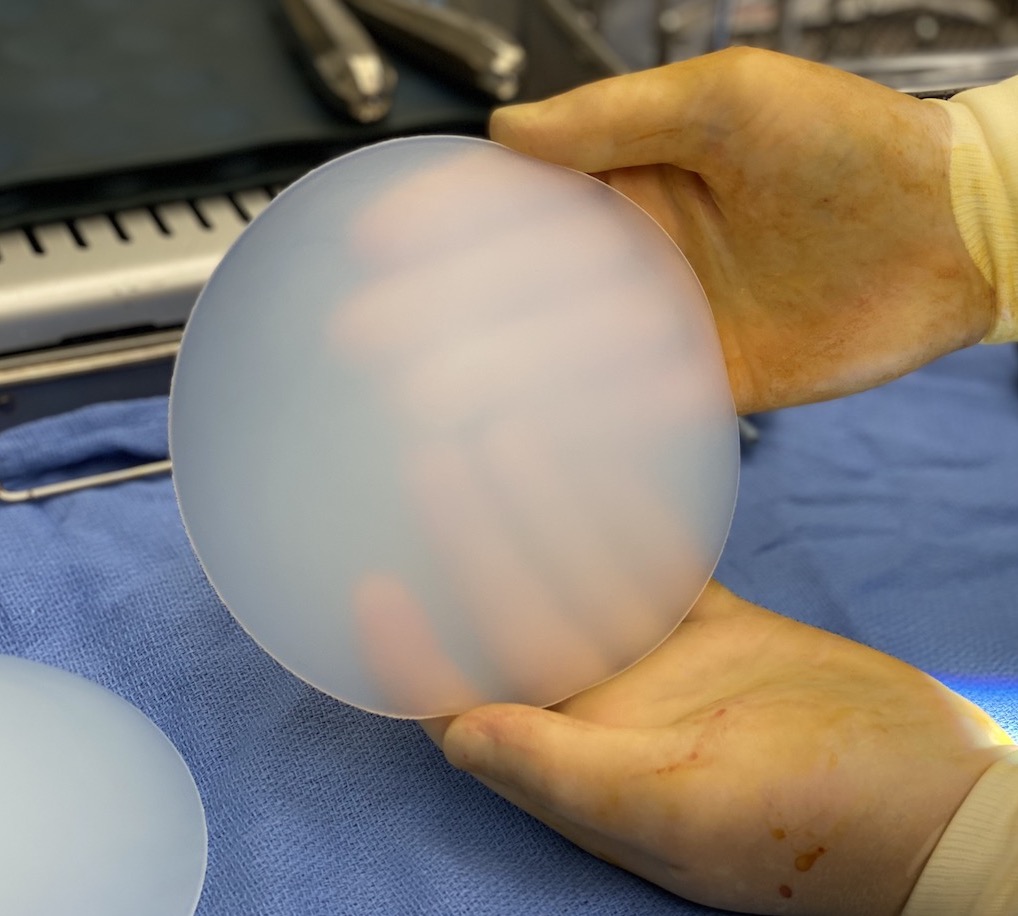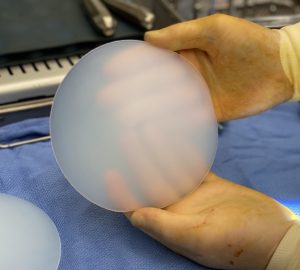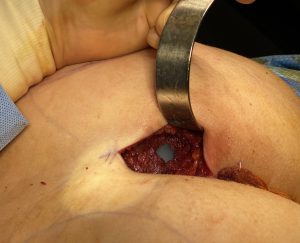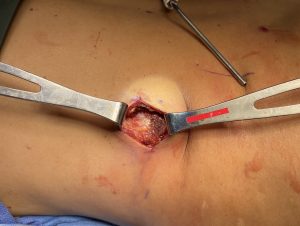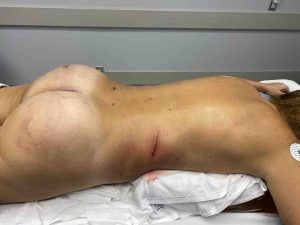Background: BBL surgery is well known around the world and is a purely autologous approach to changing the size of the buttocks. It is a fat redistribution approach and these effects are synergestic…a smaller waistline make the buttocks look bigger and vice versa. Such BBL surgery is dependent on how much fat one has to harvest as no more volume can be injected into the buttocks that what one has to harvest. In thin patients without significant fat to harvest for their buttock augmentation some surgeons advise weight gain to do so. Whether such fat that is acquired by weight gain sustains itself after surgery can be debated. But I do agree that every effort at using your own tissue should always be tried first.
When the available fat stores are poor or prior BBL surgery has failed to make an adequate buttock augmentation result, then the time has come to consider the only assured volume method…implants. While buttock implants are certainly more invasive and involve a longer recovery the fat injections, they do offer assured volume retention. It is always best in buttock implants to place them in the intramuscular position to lower the rate of complications. This is usually in the 300cc to 400cc range maximum for most patients. To achieve higher volumes any fat that can be harvested can be placed into the subcutaneous tissue plane above the muscle. If more substantial implant volumes are needed the safest approach is a staged one in which a larger implant of at least 50% bigger can be placed secondarily.
But like traditional BBL surgery the buttock implant augmentation effect would be enhanced if the waistline was smaller. But in the non-traditional BBL patient where fat stores are limited one can’t count on flank and waistline liposuction to make a significant contribution. Using the deeper approach like that of buttock implants, one now has to think of rib removal for the waistline narrowing effect.
Case Study: This female has been through prior BBL surgery which didn’t really ‘work’ meaning not a great amount of fat could be harvested and thus not much could be transferred and/or survived. Her buttock augmentation goal was modest in size. She had a vertically long buttocks and needed volume in the upper half. There was also a dent in her right buttocks from a prior injury. Her waistline already had some inward shape but she wanted more.
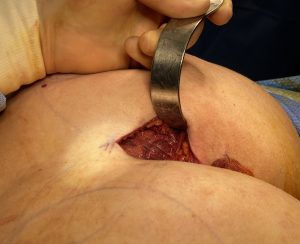
The lower rib removals were done afterwards through 4.5cm flank incision removing the outer ends of ribs #11 and #12 with wedge resections of the latissimus dorsi muscle. Exparel-soaked collagen sponges were placed in the rib removal spaces with closure of the serrates muscle over them for postoperative pain relief.
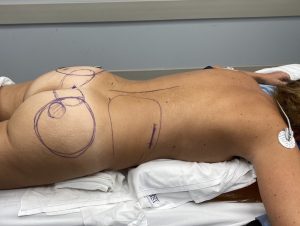
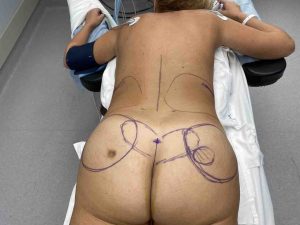
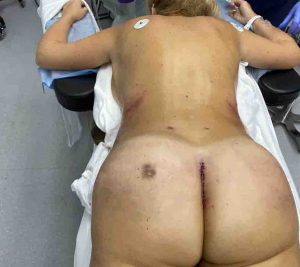
Case Highlights:
1) The extreme BB surgery combines rib removal (waistline reduction) and buttock augmentation with implants.
2) With little fat to remove or transfer the base tissues of the waistline and buttocks must be manipulated for the body contouring effect.
3) Buttock implants are done fist before rib removal as they pose the greatest risk of infection.
Dr. Barry Eppley
World Renowned Plastic Surgeon

